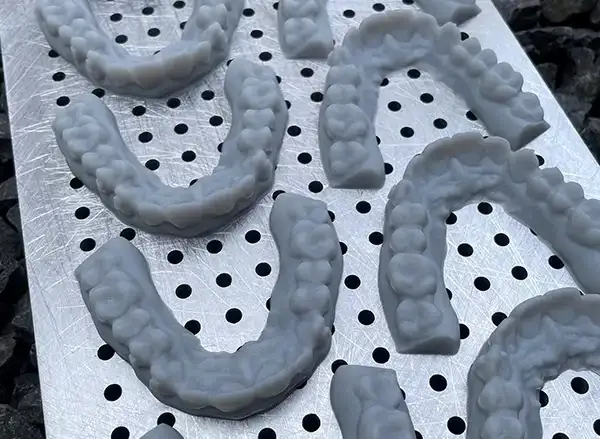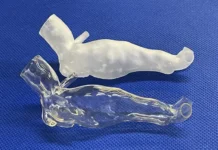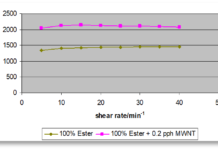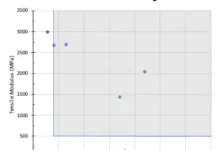By Liz Stevens, writer, UV+EB Technology
Axtra3D, headquartered in Charlotte, North Carolina, with a subsidiary in Vicenza, Italy, was founded in 2021 and specializes in developing advanced additive manufacturing solutions. The company earned a place among the RadLaunch Class of 2023 with its Hybrid PhotoSynthesis (HPS) technology which combines two traditional light engines to deliver 3D-printed photopolymer results.
Axtra3D touts HPS technology as a transformative and revolutionary hybrid light engine solution for the photopolymer additive manufacturing industry. While laser and DLP (digital light processing) are the traditional light engines used to cure photopolymers in 3D printing, each method has tradeoffs. Laser offers high accuracy, excellent surface quality and scalability, but its print speed is relatively slow. DLP offers a high print speed but is lacking in high accuracy, surface quality and scalability (without compromising resolution). Axtra3D’s HPS offers the advantages of both light engines.
In HPS technology, a harmonized light engine unifies every value of the two light sources, including wavelength, power and curing time into simultaneous operation. The tradeoffs between DLP and SLA (laser stereolithography) are eliminated and each technology’s advantages shine through in extremely high surface quality, accuracy, print speed, fine resolution and a scalable print area without loss of resolution or speed.
Noting that any AM technology today falls short of injection molding when it comes to part quality, part cost, part performance, scalability or productivity, and only offers one or two of these attributes at the same time, HPS eliminates the need for tradeoffs and optimizes all the key competencies of DLP and SLA, independently and simultaneously.
Axtra3D’s HPS technology accommodates standard DLP and/or laser printer materials with print speeds matching the fastest DLP printers. The company considers UV technology to be extremely important as its technology comprises the combination of two different light sources operating at the same wavelength.
Current customers of Axtra3D include additive manufacturing service bureaus, dental labs, consumer goods, automotive and academic research centers. As the company evolves its HPS technology, it intends to expand into areas outside of additive manufacturing.
At Formnext 2022, Axtra3D launched its X1 series printers, the Lumia X1 and the Revox X1. The Lumia X1 features dual Z-axis, a larger build area than most 4k DLP machines, and TruLayer technology for rapid detachment of the active print layer from the vat membrane and unlimited cross-sections. The Lumia X1 also features the Intelli-Cartridge, which actively dispenses material to the vat and collects the return material from the vat. The Intelli-Cartridge offers agitation, heating and filtering mechanisms. The Revox X1 is a budget-friendly printer without HPS technology.
Axtra3D offers printing materials for healthcare and dental applications, and for industry and prototyping. Keystone – Key Model Ultra, Keystone KeyOrthoModel and Keystone KeyGuide support printing of clear aligner molding, dental models, clear aligner thermoforming and transparent surgical guides. For industry and prototyping, the company offers Henkel 3843, Spot A – S-Pro Engineering, Evonik – Infinam ST 6100L and 3DM-Cast resin.
For more information, visit www.axtra3d.com.







